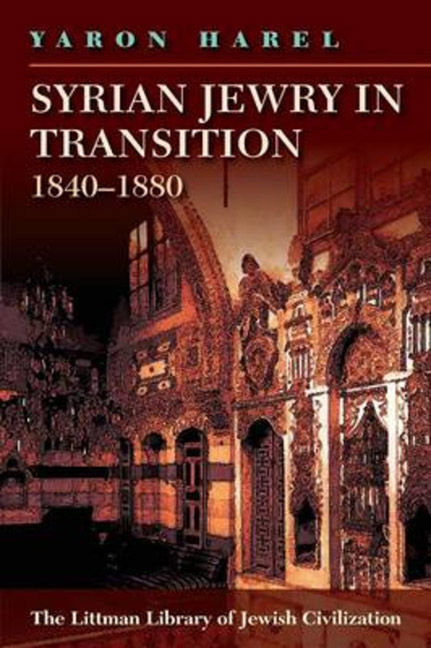Book contents
- Frontmatter
- Preface to the English Edition
- Dedication
- Contents
- Note on Transliteration and Conventions Used in the Text
- List of Abbreviations
- Introduction
- PART I THE SEEDS OF CHANGE
- PART II INTERNAL JEWISH LIFE
- PART III THE LEGAL STATUS OF THE JEWS
- PART IV MUSLIMS, CHRISTIANS, JEWS
- 8 Majority–Minority Relations
- 9 Interminority Relations
- PART V TURNING TO THE WEST
- Conclusion: An Era of Transition
- Glossary
- Bibliography
- Index
9 - Interminority Relations
from PART IV - MUSLIMS, CHRISTIANS, JEWS
- Frontmatter
- Preface to the English Edition
- Dedication
- Contents
- Note on Transliteration and Conventions Used in the Text
- List of Abbreviations
- Introduction
- PART I THE SEEDS OF CHANGE
- PART II INTERNAL JEWISH LIFE
- PART III THE LEGAL STATUS OF THE JEWS
- PART IV MUSLIMS, CHRISTIANS, JEWS
- 8 Majority–Minority Relations
- 9 Interminority Relations
- PART V TURNING TO THE WEST
- Conclusion: An Era of Transition
- Glossary
- Bibliography
- Index
Summary
THE PREVIOUS chapter explored the interaction, interdependence, and rivalry between the Muslim and dhimmi communities in Syria. The focus now shifts to relations between the Syrian Jewish community and the two main Christian denominations, the Catholics and the Protestants. Although each is treated more or less as a unitary whole, we must bear in mind that both broad Christian denominations were further subdivided into smaller groups.
For the most part, Jewish–Catholic relations were dominated by a longstanding animosity, which found an extreme outlet in a series of ritual murder accusations. In contrast, Protestant–Jewish relations were initially friendlier, up to the point at which the Jewish community recognized the strength of Protestant missionary aims. Ultimately, despite increased contacts with the Christian minorities, the Jews remained outside both Christian and Muslim society.
Jewish–Catholic Tensions
Grounded in historical and religious circumstances, and in competition for economic and commercial advantage, tension and conflict between Jews and Catholics in Syria date back to antiquity. In more recent times, the quest for favour with the regime, which frequently drew its civil servants from the minorities, also promoted friction between the two groups. Underlying the regime's preference for placing dhimmis in high administrative and financial posts was their lack of an independent power base; this in turn made dhimmi appointees dependent on the ruler, as their retention of, or removal from, office was entirely at his disposition. Nonetheless, dhimmi officials were not entirely without power: for example, a governor's reliance on the civil servants in charge of routine tax collection could effectively neutralize his ability to fire these administrators; they in turn were able to accumulate power and influence, which could be channelled to their co-religionists’ benefit.
Each of the minority groups, seeking support from the various sectors of the ruling Muslim majority—the regime, the elites, and even the masses—in order to overcome rival minorities in the economic, administrative, or public spheres, from time to time attempted to incite the Muslims against its competitors. Muslim antipathy towards Christians, and relative partiality for Jews, triggered complaints by Damascus Christians to the European consuls. Requests for assistance to counter abuse by Muslim qadis were backed by the claim that Jews received preferential treatment.
- Type
- Chapter
- Information
- Syrian Jewry in Transition, 1840–1880 , pp. 169 - 196Publisher: Liverpool University PressPrint publication year: 2010

